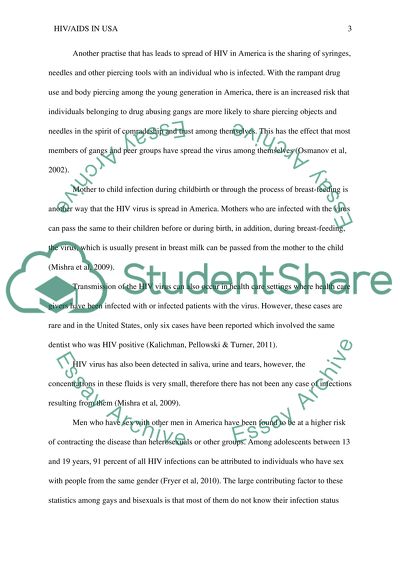Cite this document
(“AIDS/ HIV in US Essay Example | Topics and Well Written Essays - 2500 words”, n.d.)
Retrieved from https://studentshare.org/health-sciences-medicine/1489367-aids-hiv-in-us
Retrieved from https://studentshare.org/health-sciences-medicine/1489367-aids-hiv-in-us
(AIDS/ HIV in US Essay Example | Topics and Well Written Essays - 2500 Words)
https://studentshare.org/health-sciences-medicine/1489367-aids-hiv-in-us.
https://studentshare.org/health-sciences-medicine/1489367-aids-hiv-in-us.
“AIDS/ HIV in US Essay Example | Topics and Well Written Essays - 2500 Words”, n.d. https://studentshare.org/health-sciences-medicine/1489367-aids-hiv-in-us.


